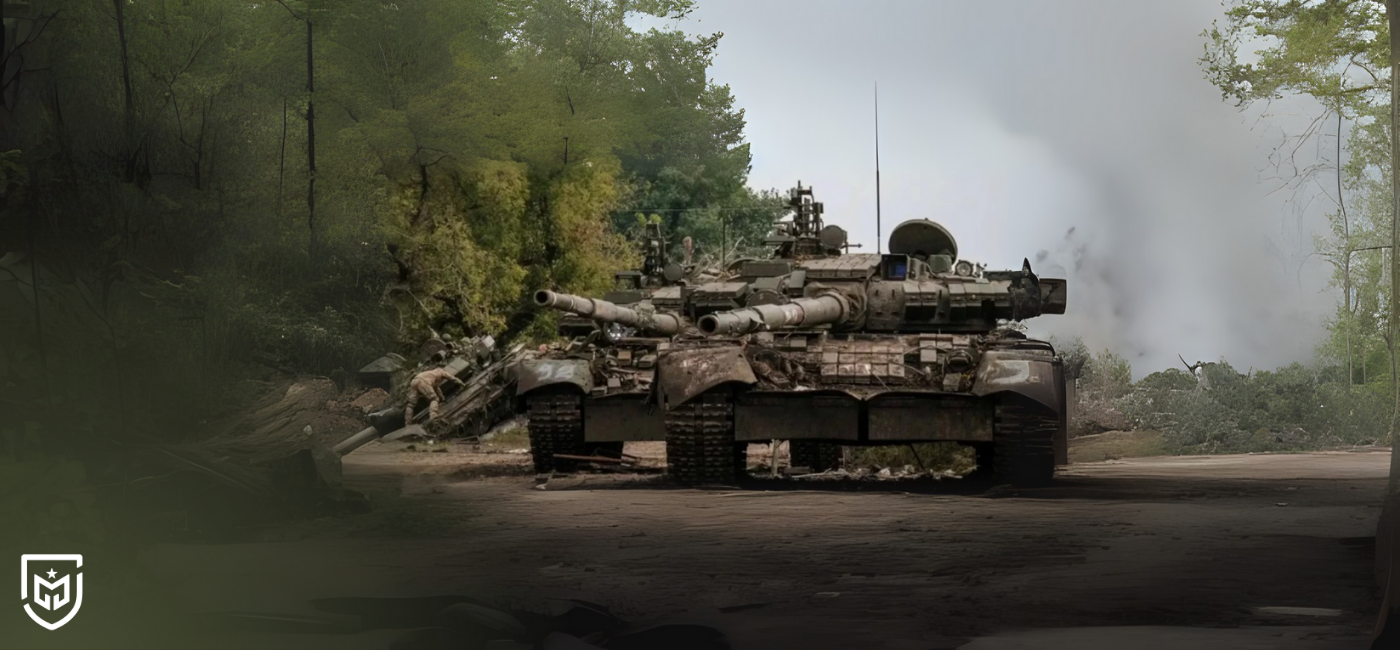


BREAKING NEWS


The war between Russia and Ukraine, which began in February 2022, has turned into a battlefield laboratory that exposes the fragility of modern warfare technologies. Platforms once considered “invincible,” such as Abrams, Leopard, and T-90 tanks, as well as Russia’s advanced SU-35 fighter jets, have been destroyed using cost-effective and innovative tactics. Kamikaze drones and unmanned surface vessels, in particular, have proven capable of neutralizing multimillion-dollar platforms, shifting the balance of the conflict.
Western support for Ukraine, including Abrams tanks, HIMARS systems, and Starlink-enabled communication infrastructure, has provided Kyiv with a decisive advantage. Meanwhile, Moscow’s initial strategic miscalculations resulted in significant losses for Russian forces. Ukraine’s effective use of unmanned aerial vehicles and electronic warfare capabilities disrupted Russian superiority on the battlefield and altered the course of the war.
Another turning point emerged in the Black Sea, where Ukraine’s use of unmanned surface vessels inflicted severe damage on Russia’s Black Sea Fleet. These attacks demonstrated the vulnerability of expensive, large-scale platforms when confronted with small, agile, and relatively cheap systems.
Experts argue that this conflict underscores the increasing role of low-cost unmanned systems in future warfare. At the same time, it highlights the fragility of electronic warfare, radar systems, and network-centric warfare assets. Many countries are now expected to reassess their defense strategies by drawing lessons from the Russia-Ukraine conflict.
Post Comment
Comments
No comments yet.
Related News
Satellite Communication System Tailored for Equatorial Missions Empowers Türkiye’s National UAVs
U.S. MQ-28 Test Overshadowed by KIZILELMA’s Historic Air-to-Air Missile Success
Leonardo Signs Multi-Year Support Agreement for Italian C-27J Spartan Fleet
Ukraine Officially Receives Homegrown Flamingo Long-Range Cruise Missiles
Turkey–Hungary Defense Cooperation Expands: Gidran Production and New Joint Projects Accelerate
ANKA III Achieves Major Milestone: Autopilot Tests Successfully Completed
New Era in Turkey–Egypt Defense Cooperation: AKREP and HAMZA-1 Unveiled at EDEX 2025
A New Era in the Black Sea: Türkiye Delivers Historic MILGEM Export to Romania